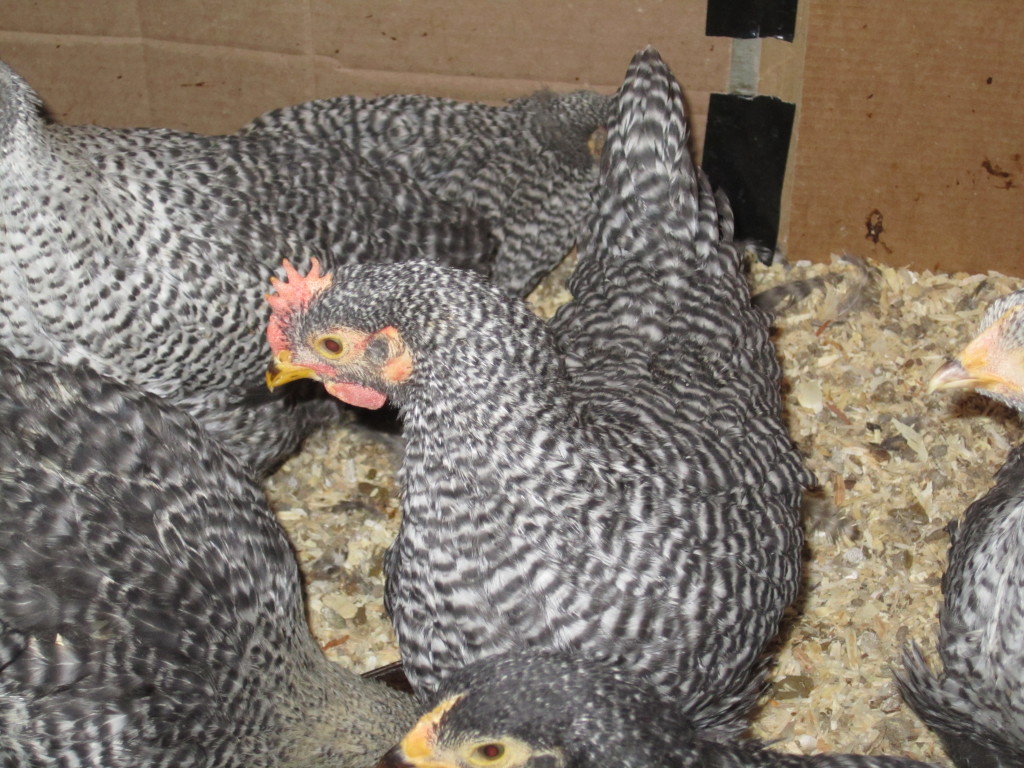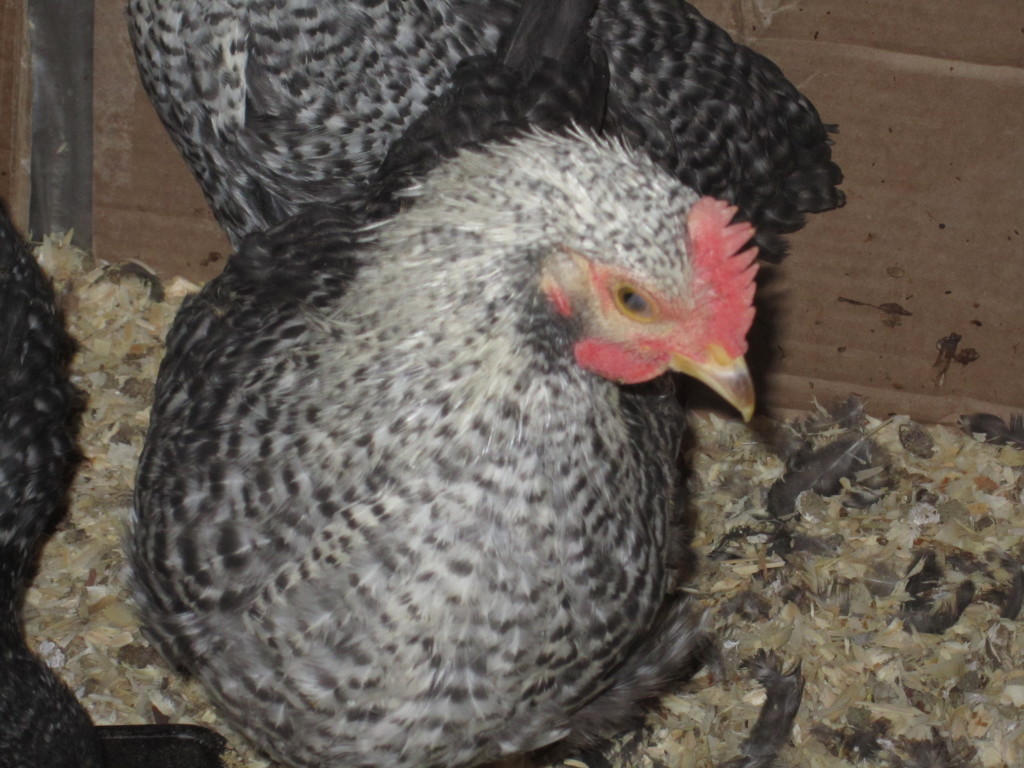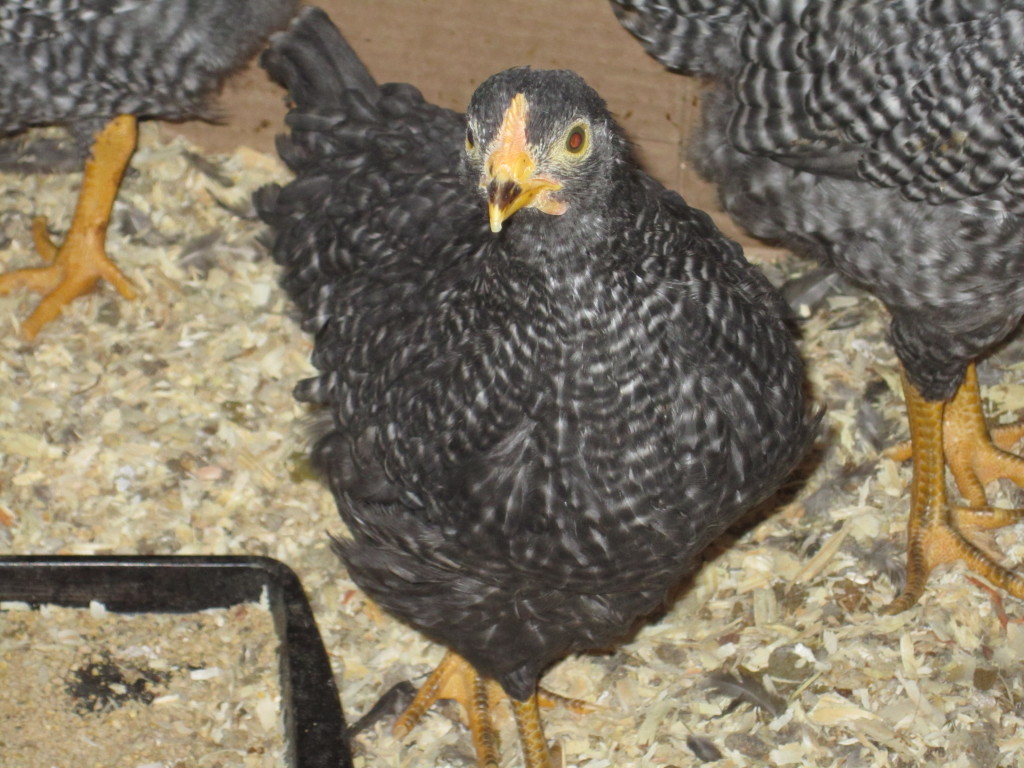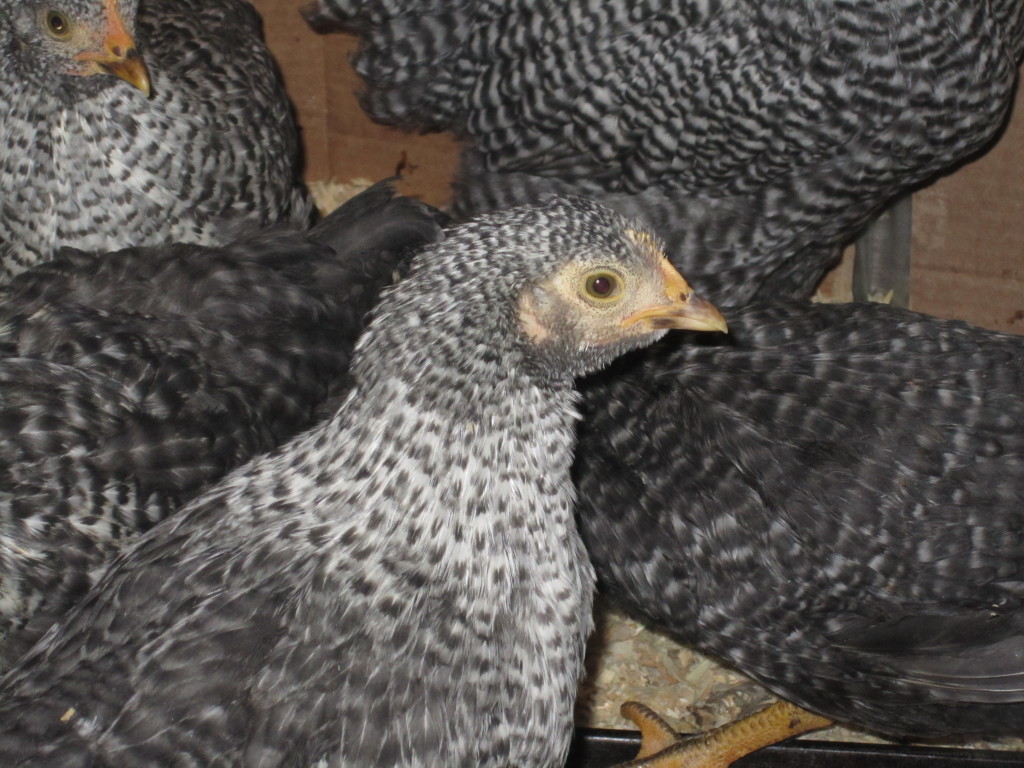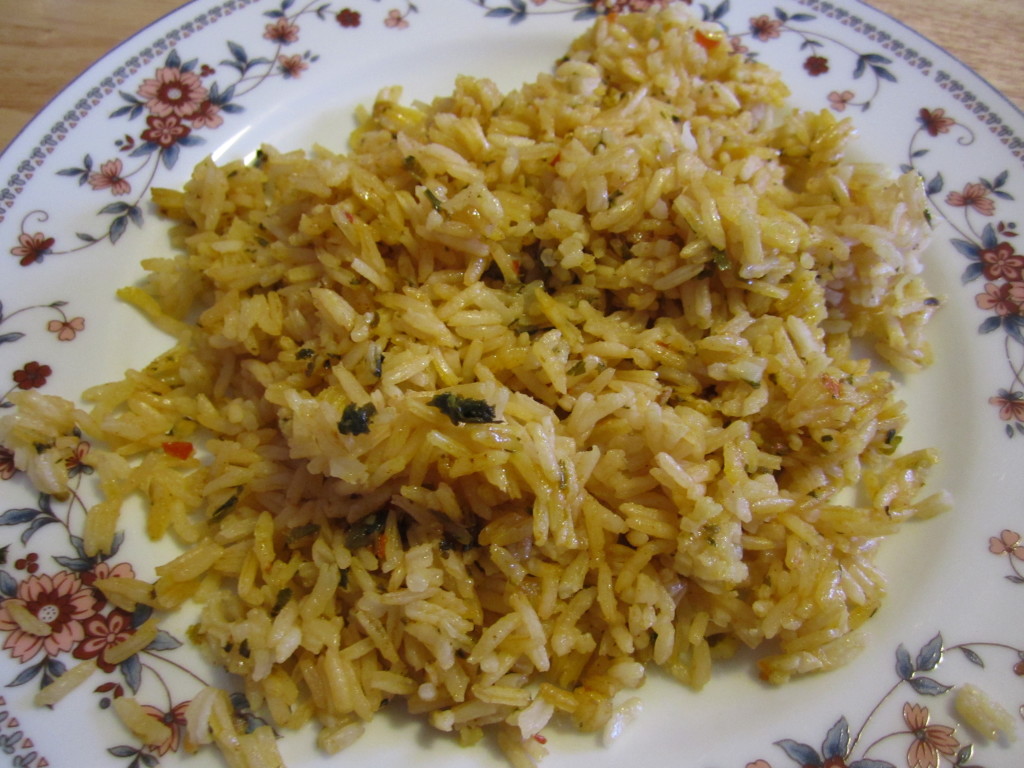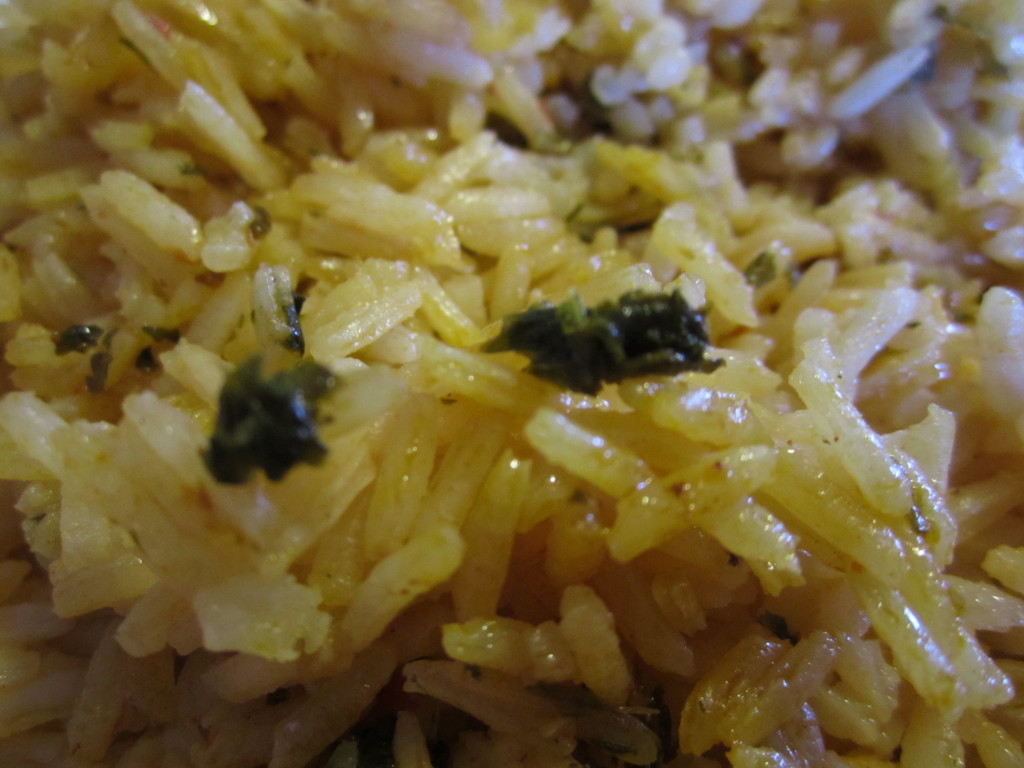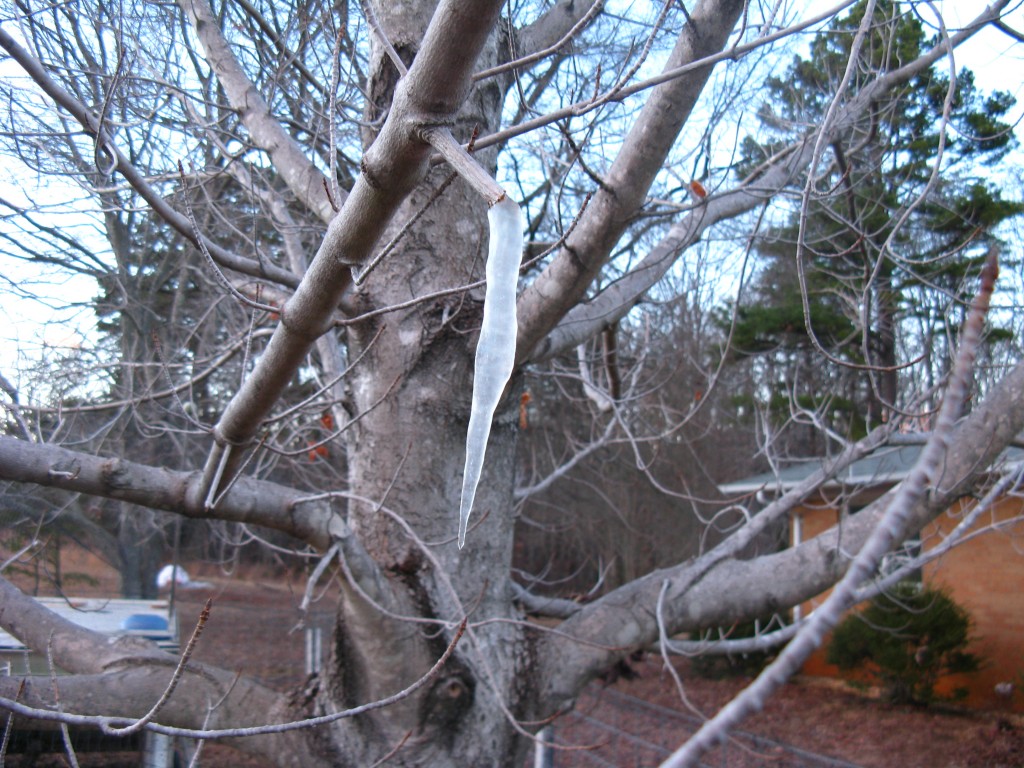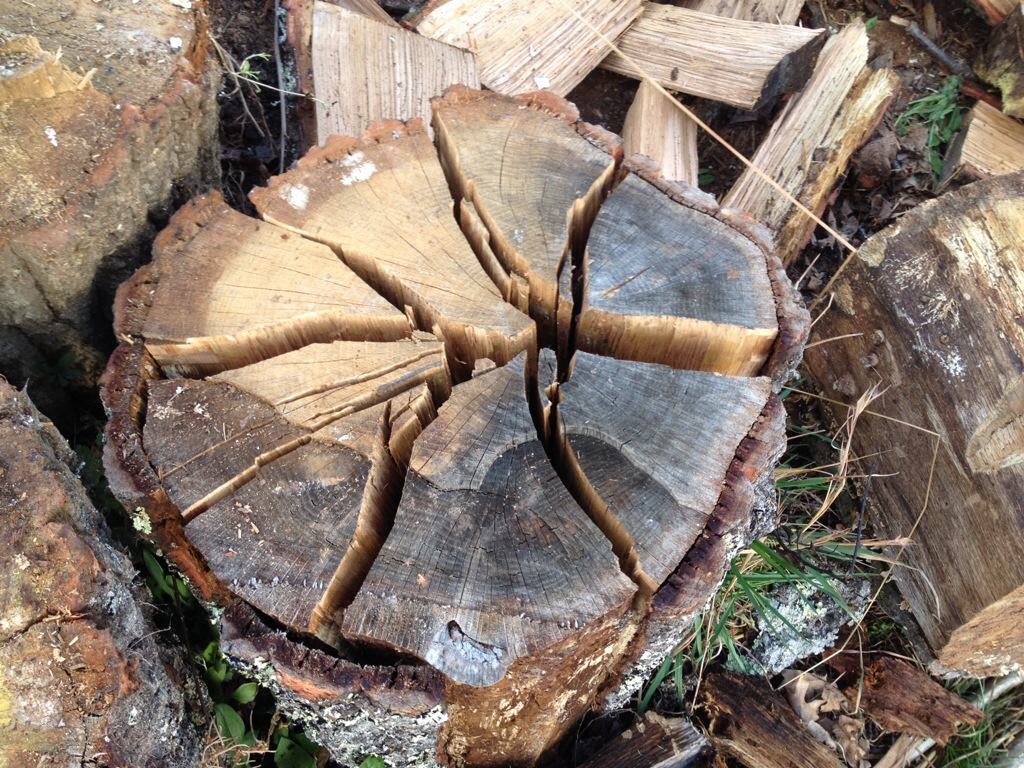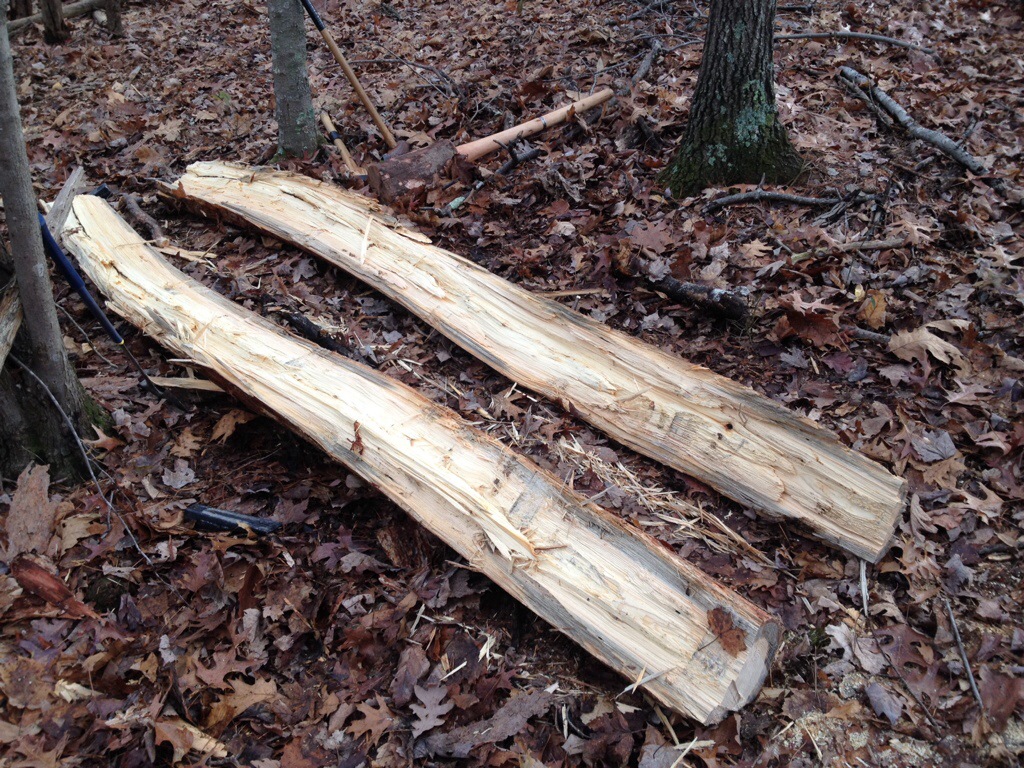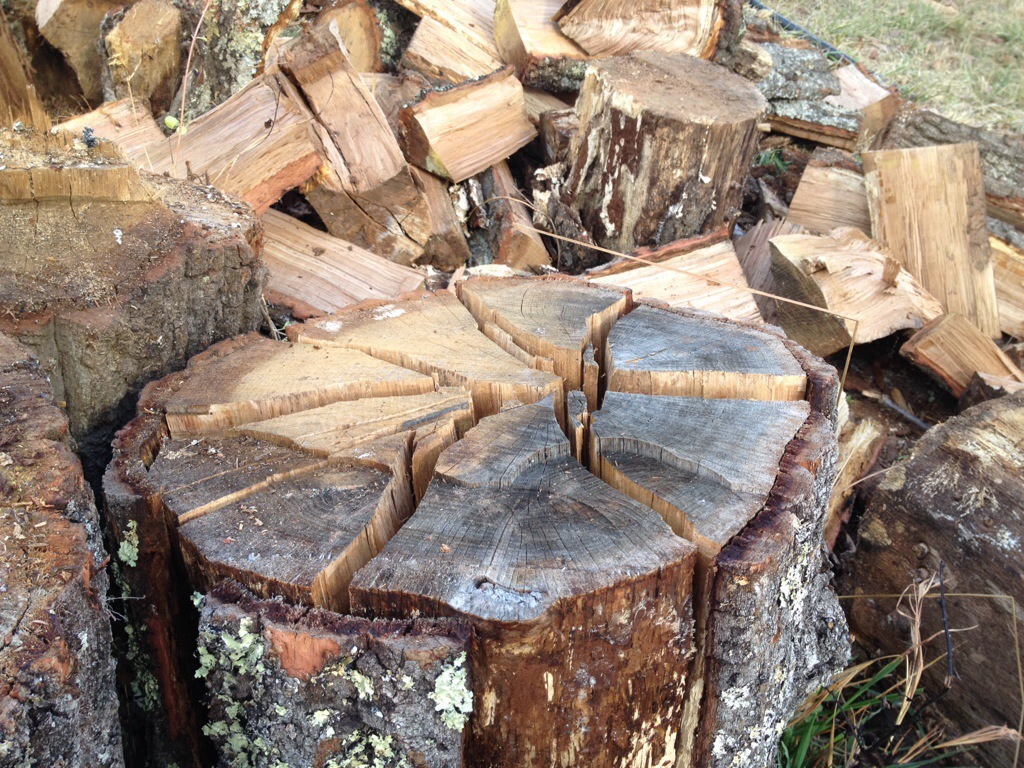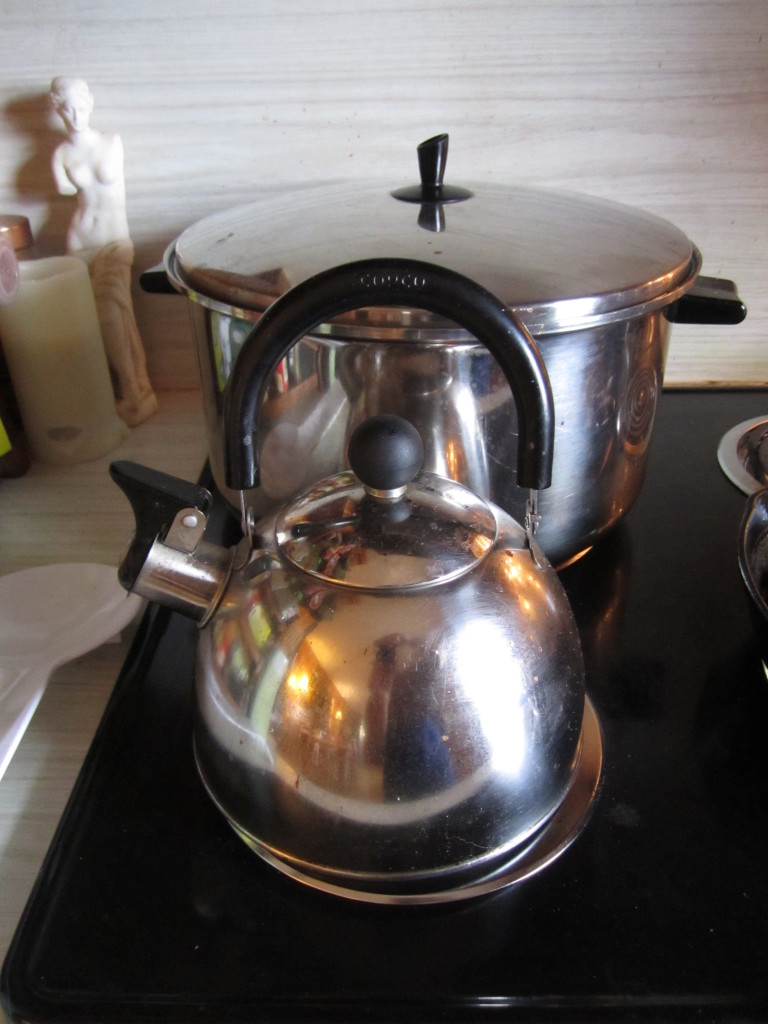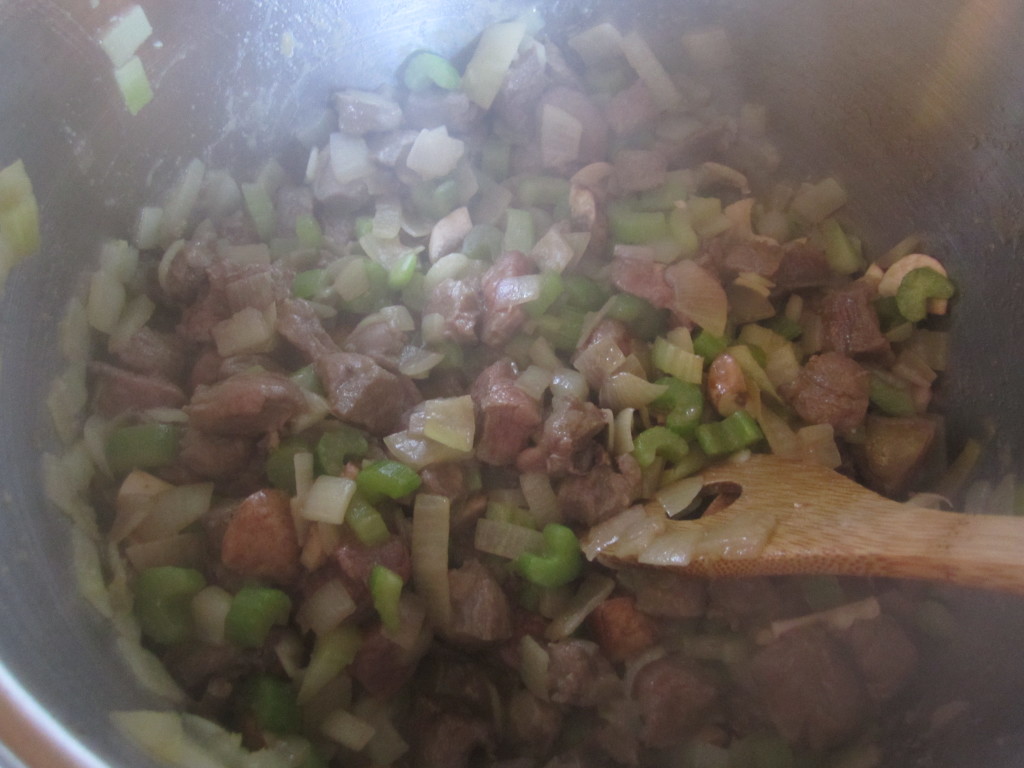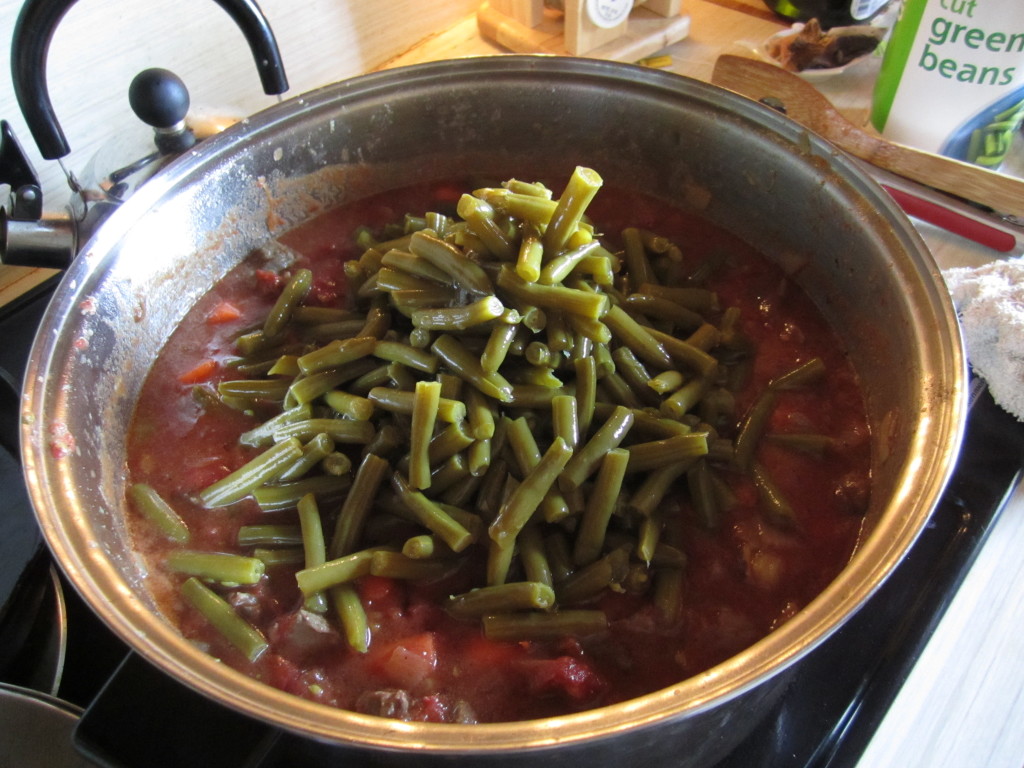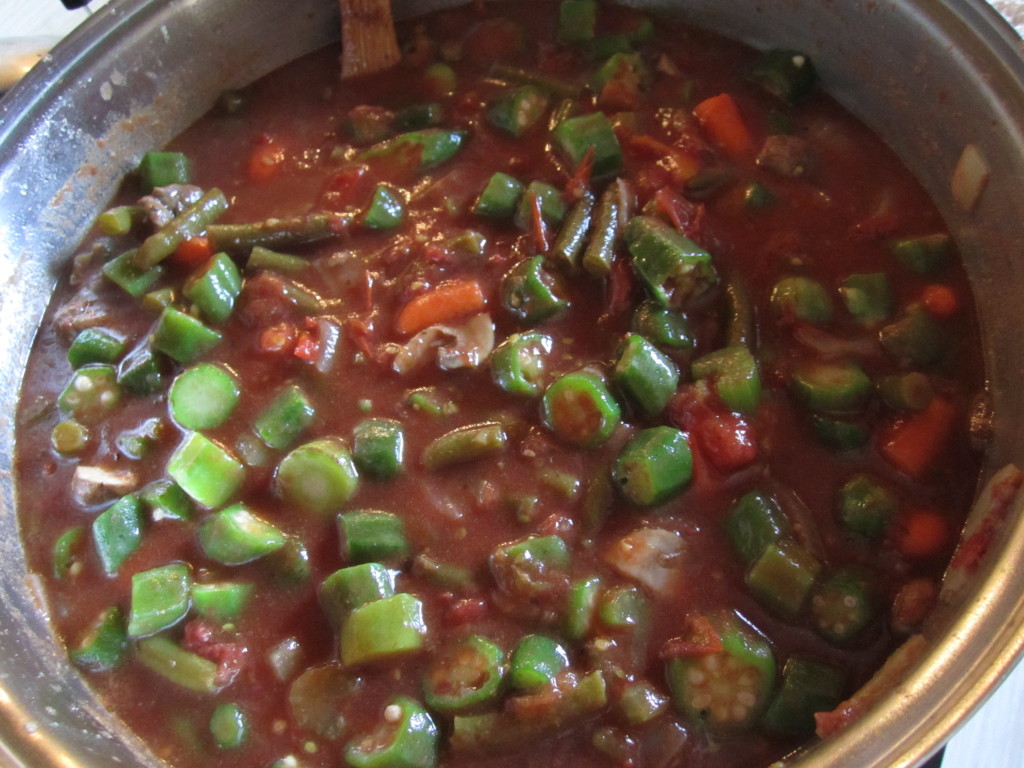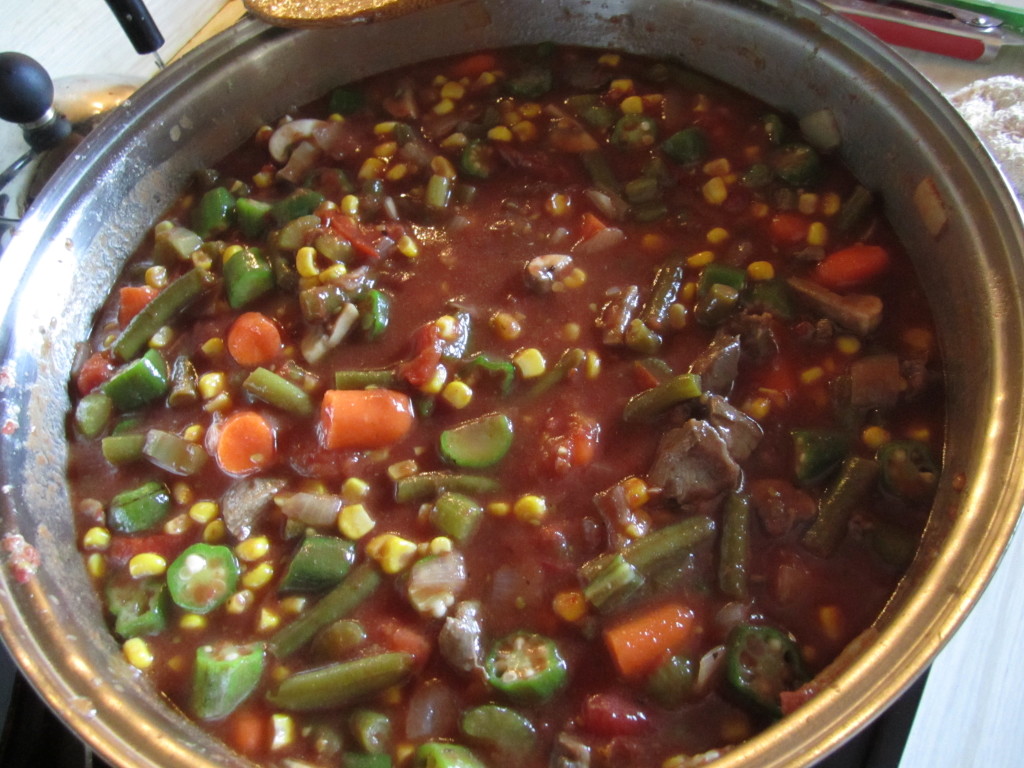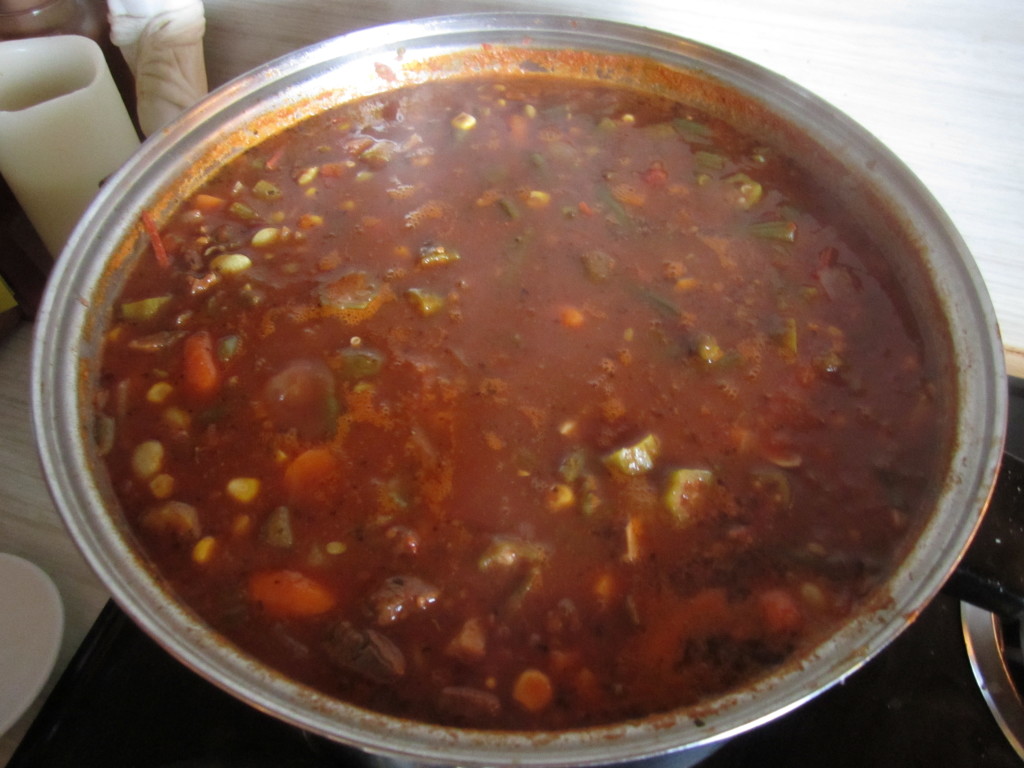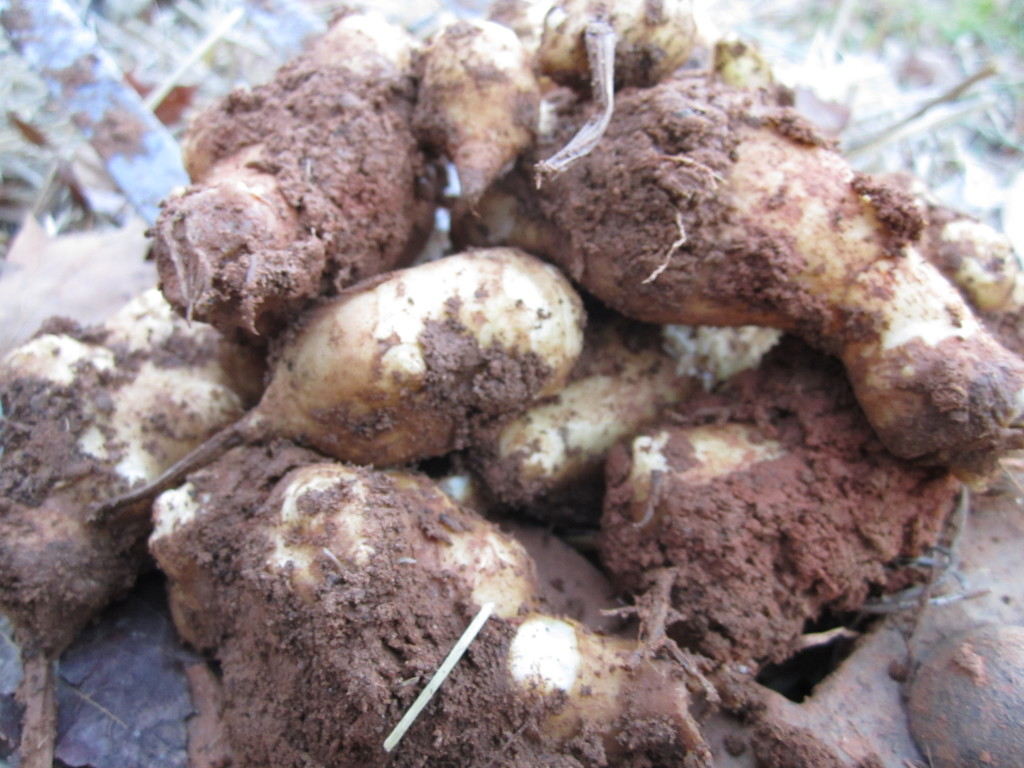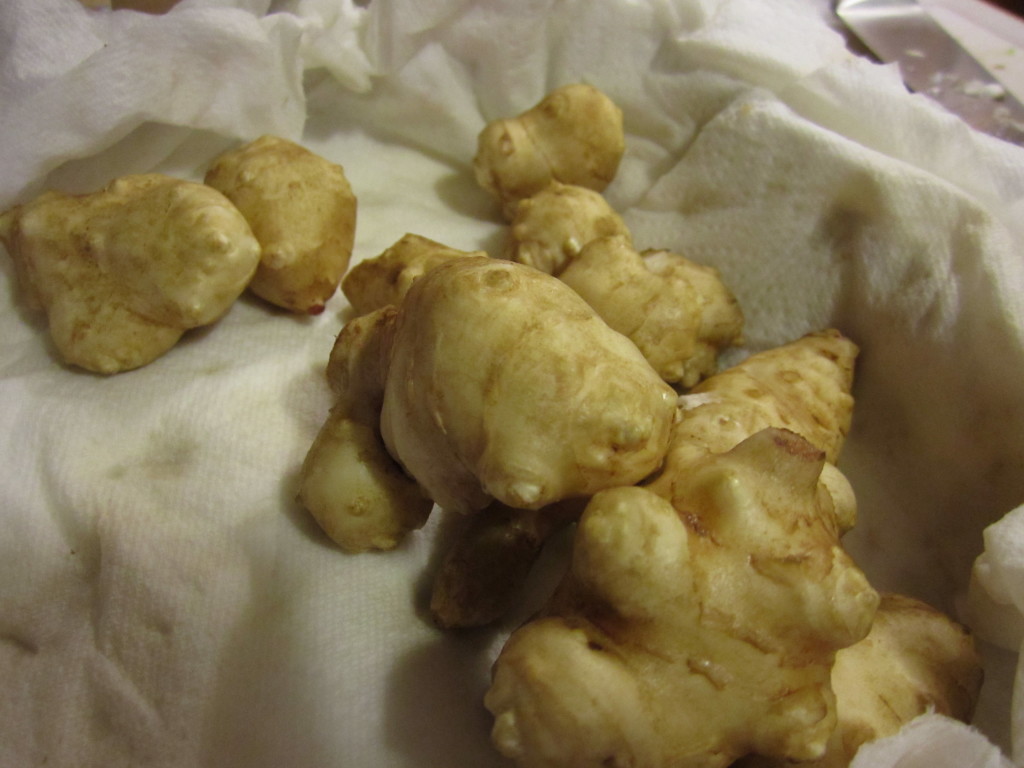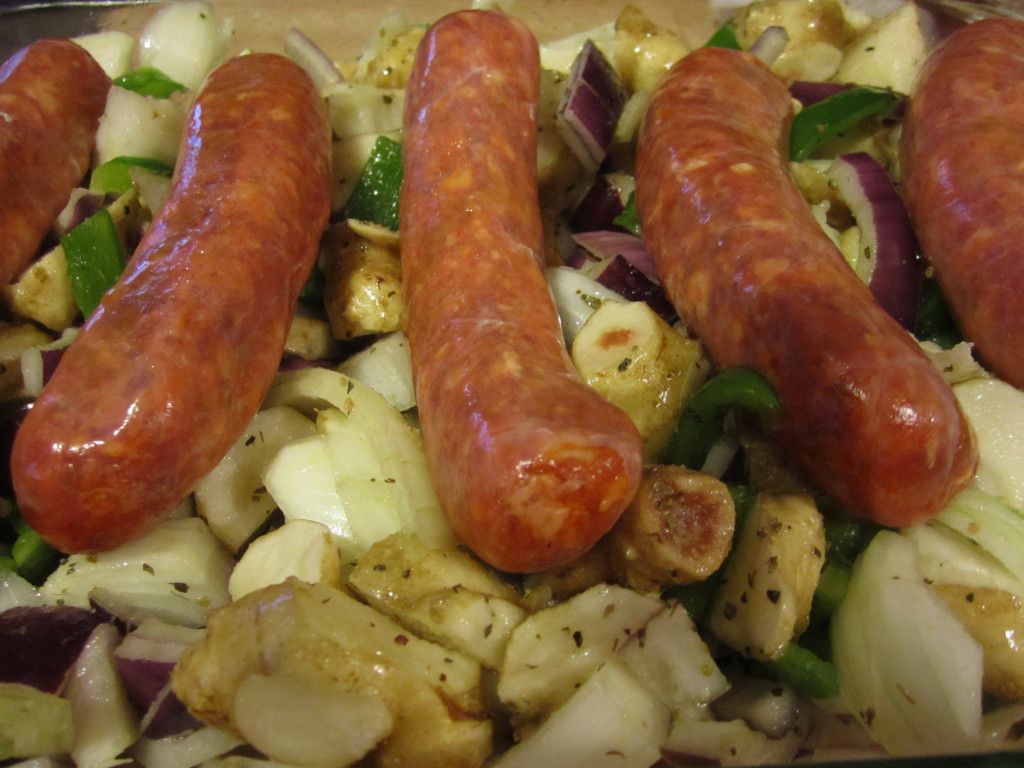This recipe is one of Jason’s favorites, and he insists on calling it “eggs” even though eggs are the least of its important ingredients. Oh, boys. :)
It is a variation on my Aunt Jill’s recipe. Here it is (a double batch, of course):
In a pot, cook 2 cups of dried grits (follow the directions on the bag to see how much water you need). Be sure to add salt to the water!
In a large pan, cook 1 or 2 pounds (it’s really up to you, meat-eaters) of Neese’s sausage. Once the sausage is nearly cooked, add a large onion (diced) to the pan. Also add 2 diced peppers.
Then add a lot of sliced mushrooms to the pan. Be sure to add salt, pepper, basil, and oregano (or whatever your favorite spices are).
When all this is done and the grits are also cooked, mix these ingredients and the grits together in a large mixing bowl.
Add 12 ounces of shredded cheddar cheese, 1/2 cup of butter, and 2/3 cups of milk to the warm mix. Stir all of this in thoroughly so that everything melts and blends together.
This is when I also add more of my spices: extra salt, pepper, basil, oregano, and some cayenne peppers for spice! Add more than you think of all of your spices (except maybe the cayenne)!
Beat 6 eggs well, and once the large, hot mixture cools down a bit, stir in the eggs. Be sure that the mix is not so hot that it cooks the eggs!
Butter your casserole dish(es) and pour in the mixture.
Bake at 350 degrees for at least 45 minutes but for less than 1 hour. Enjoy!
P.S. This recipe is so hearty that we usually eat it for dinner. But it’s also so easy to warm up for any quick meal, like breakfast. Just never freeze it! We tried that once and the texture was horrible!!!
.:.
